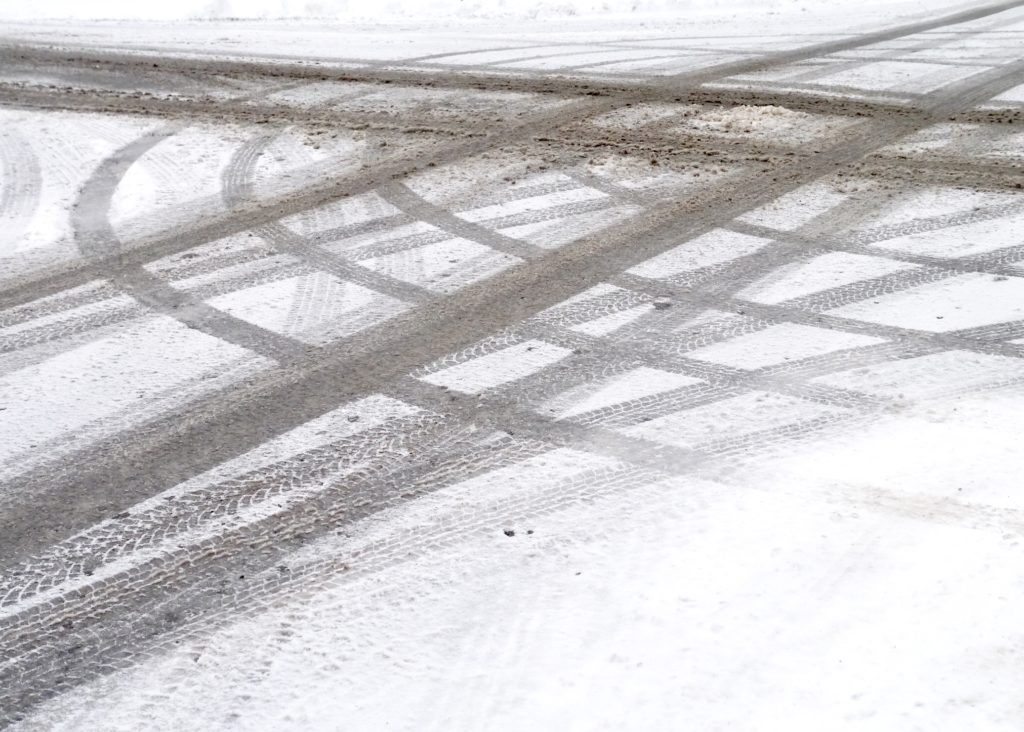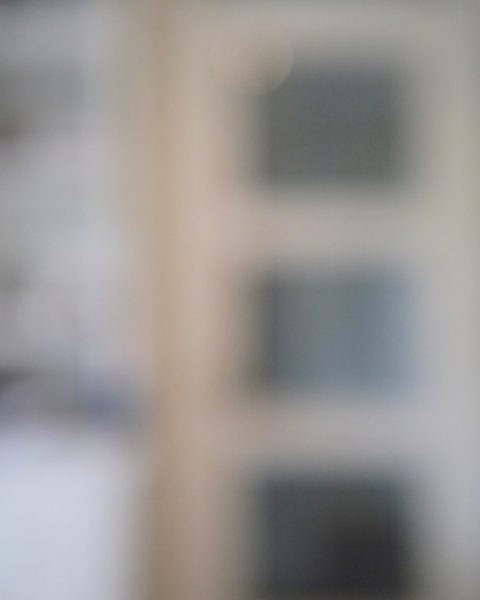
First Snow
How do you see? For it’s not what you see but how you see that determines your worldview. And, you can consciously expand your worldview by changing how you see. In this post, I’ll share the inspiring work of Uta Barth, who explores this idea of perception, or how we see, through her photographs.
As photographers, we’re always looking for subjects to photograph. Yet, there’s much more to a photograph than just a subject. There’s background information, foreground information, space, and relationships. All of these things are included in the perceptual process, but we tend to only “see” the subject. The rest is unconscious. In her book, Sight and Sensibility, Laura Sewall quotes Peter Senge about “reversing the world.”
“It’s a shift from seeing the world made up of things to seeing a world that’s open and primarily made up of relationships, where whatever is manifest, whatever we see, touch, feel, taste and hear, whatever seems most real to us, is actually nonsubstantial. A deeper level of reality exists beyond anything we can articulate.”
How would our lives and our photographs change if we learned to see in this new and deeper way?
Through her many projects, Uta Barth addresses different aspects of vision. She photographs beyond the subject in order to shift the viewer’s attention to the act of looking, to seeing what is incidental or peripheral. She creates confusion in the viewer so that they can reorient to a new way of seeing. For example, in her series Ground, she flips the figure/ground relationship. Below are some notes I took from her interviews and writings.
 * I am interested in nuances, subtleties, the ephemeral, everyday information, and overlooked views. I want to make images purely of light, negative space, volumes of space, slow time. In my work, I ask you to be in the moment, to be in the body, to embrace perception and sensation with full attention. (2012, Galeria Elvira Gonzalez)
* I am interested in nuances, subtleties, the ephemeral, everyday information, and overlooked views. I want to make images purely of light, negative space, volumes of space, slow time. In my work, I ask you to be in the moment, to be in the body, to embrace perception and sensation with full attention. (2012, Galeria Elvira Gonzalez)
* Narrative in art makes us think about all sorts of interesting things, but it derails the engagement with a visual experience. It asks for interpretation, so as to make meaning or sense out of what we’re looking at. Narrative seems a quick and easy diversion from the more difficult challenge of actually trying to see. (2006, Deutsche Bank Magazine)
* Seeing, watching, being aware of things comes from being tuned into the visual experience, paying attention to subtle shifts in the sky. It is learned, or better, practiced; a choice of where to place one’s attention in the world. A practice to return, over and over again, as one gets distracted by the events of the day. Her series, Sundial, traces the light that streams into her house, the places that it lands and the marks it leaves on its path. (2007, ANP Quarterly)
* I found that the process of making photographs forced me to learn how to truly see, to see the light, to study how things in an image relate to the edge, how to crop and frame the most mundane and incidental subject matter in a compelling image. (2012, Bomblog)
* The next strategy for emptying out the subject is repetition. If you have 100 images of the same view, then something other than description is at play (like change of light or passage of time). Repeat something enough and “it” disappears, opening doors for other forms of contemplation. Barth works in sequences of photographs, returning her attention over and over again to see the subtle shifts. She advises to get “lost in looking,” to “sit and stare.”(2012, Galeria Elvira Gonzalez)
* The most important thing to teach is how to develop a process of investigation. To take an idea seriously and to stay with it, follow it up, research around it, experiment, tease it along until it grows and materializes into something much more interesting and complex than what your original starting point was. (2007, ANP Quarterly)
* I think every Dostoevsky novel, every Hemingway book, or Joan Didion piece is about the same central ideas. Serious artists repeatedly engage the same central questions. This is not to be confused with style. I am always excited when a change of signature style opens new doors for exploring a core idea. (2012, Bomblog)
* I want to slow the viewer down. I want a slow rhythm from image to image and from work to work. (2015, Tilted Arc)
How you see can make all the difference. Let Uta Barth’s work inspire you to explore your own perception. What is your core idea?
** Books mentioned have Amazon affiliate links, meaning I make a few cents if you purchase through my link. I only recommend books that I’ve read.